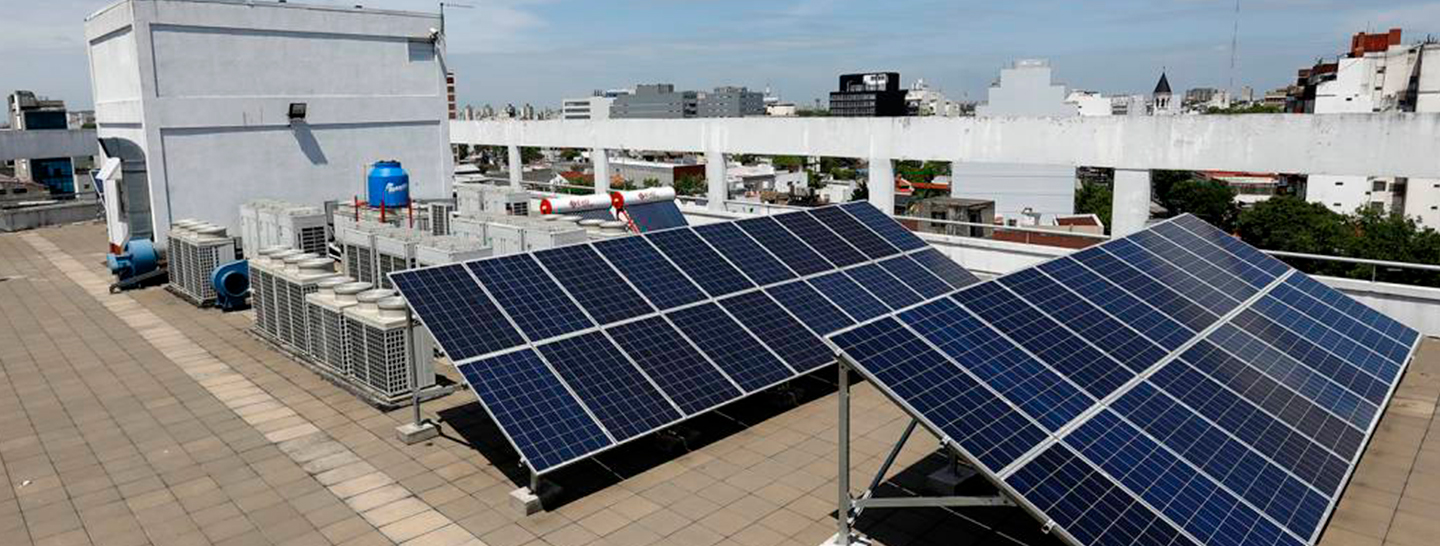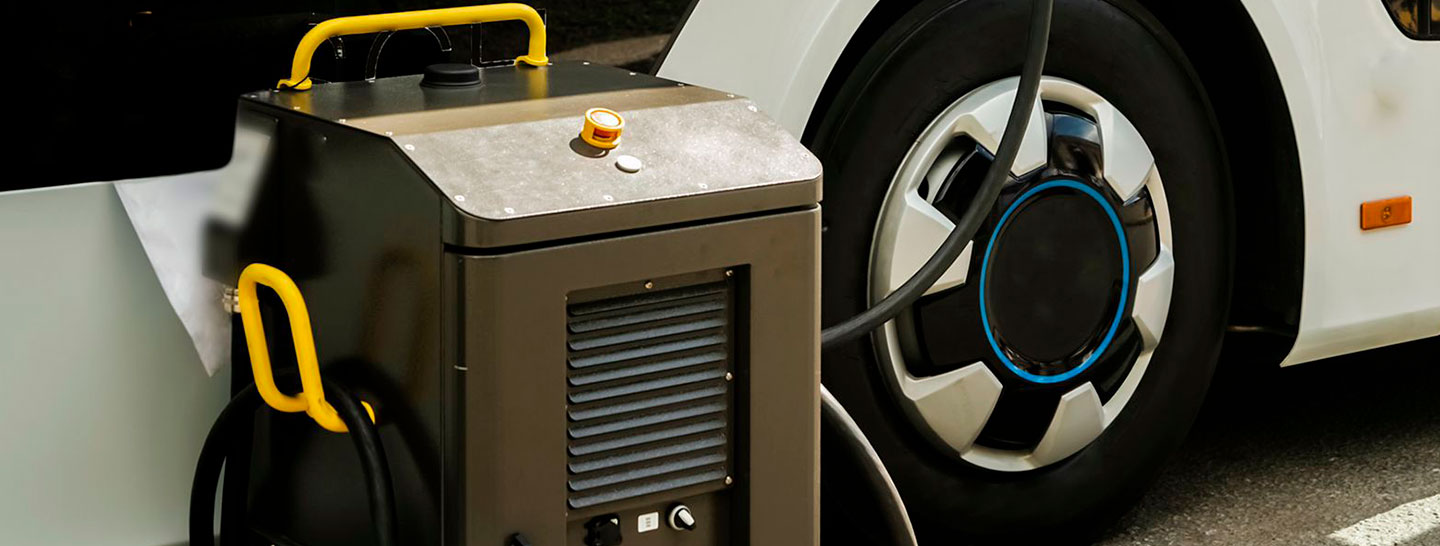

Ordenar por

El UBM recibe y procesa los datos de consumo de las 34 sucursales que tiene Bind distribuidas en varias provincias del país.

A partir de las 19 horas iluminamos la sede de la embajada de Italia en Argentina, con las banderas de Italia y Argentina.

Conocé el reglamento para moverte por la ciudad de forma segura.

Busca conseguir que la cantidad de Co2 que ingresa a la atmósfera, sea la misma que se gasta.

Los paneles solares son el futuro de los hogares inteligentes.

Esta es la primera empresa en la Ciudad de Buenos Aires en sumarse al régimen de Generación Distribuida.

Soluciones energéticas para ciudades inteligentes y calidad de vida

Llevando la electromovilidad a las grandes ciudades

Evolucionando hacia las soluciones smart para ciudades inteligentes

